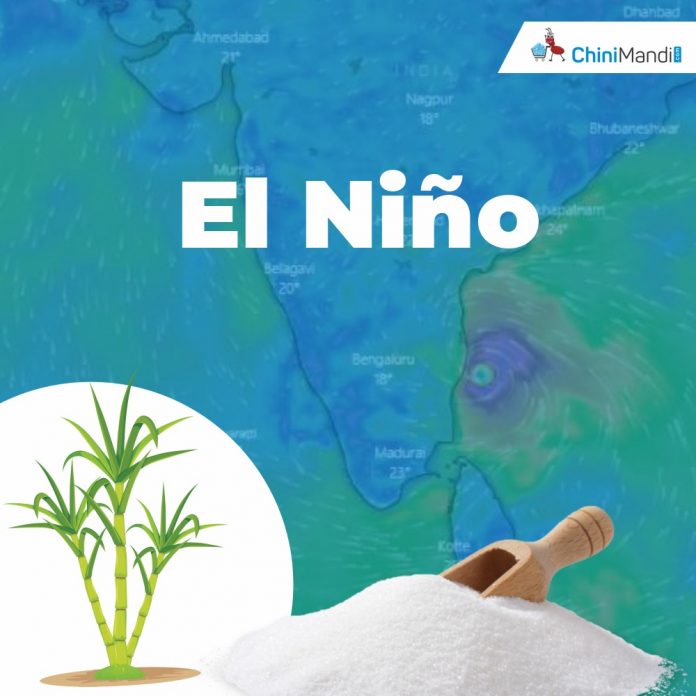El Nino is a weather pattern that causes the warming of the Pacific Ocean around the equator, which impacts global weather patterns. In India, this phenomenon is often linked to disrupted monsoon rainfall, leading to below-average rainfall and severe droughts. The fear of drought in 2023-24 is based on the possible impact of El Nino on India’s monsoons. According to the IPCC report, rice, wheat, pulses, and coarse cereal yields could decrease by almost 9% by 2050 due to the El Nino effect. Additionally, if the global temperature continues to rise at a higher rate, maize production in South India could drop by 17%. These disruptions in crop production could lead to price spikes across the country, putting food affordability, food security, and economic growth at risk.
The impact of El Nino on India’s monsoon cycle is complex and variable, making accurate forecasting a challenge. However, studies have identified some states that are particularly vulnerable to droughts caused by the El Nino effect, including Rajasthan, Gujarat, Maharashtra, Karnataka, Andhra Pradesh, Telangana, Tamil Nadu, and Kerala. These states rely heavily on rainfed agriculture and depend on monsoon rains for irrigation and crop growth. As a result, crops such as paddy, wheat, maize, sugarcane, cotton, soybean, groundnut, pulses, and oilseeds are likely to be affected in this region.
India’s sugar industry, which produces about 30 million tonnes of sugar annually, faces a threat from El Nino, a weather phenomenon that can affect the monsoon rains and cause drought and flood conditions. This industry supports millions of farmers and workers, and therefore, needs to adopt a comprehensive approach to meet these challenges and secure its future.
Sugarcane, the main raw material for sugar production, is a water-intensive crop that thrives on good rainfall. However, the unpredictable weather patterns of El Nino pose a threat to sugarcane cultivation and growth, as it reduces sugar content in the cane and reduces sugar production. This could negatively impact the income and welfare of millions of people who depend on the industry.
The government has already taken some measures to mitigate the impact of El Nino, such as banning exports and restricting sugar diversion for ethanol production, aimed at stabilising domestic prices and ensuring adequate supply. However, these measures have limitations as they distort markets and hinder renewable energy goals, and they also threaten trade frictions and market outcomes. Moreover, they do not directly address the production limitations associated with El Nino’s erratic weather patterns.
Therefore, the industry needs a more holistic and long-term approach to take strong measures against El Nino and secure a resilient and sustainable future. This approach should include adopting climate-friendly agriculture, exploring diverse ethanol sources, implementing farmer support and innovation, and empowering local communities in water resource management and value-added products from sugarcane.
The strategy requires collaborative efforts between policymakers, stakeholders, researchers, and local communities, who need to work together to create a success story for India’s sugar industry. By adopting a flexible and sustainable approach, the industry can not only face the challenges of El Nino but also tap into opportunities such as tapping into global demand for sugar and ethanol and contributing to the country’s energy security and environmental goals.
India’s sugar industry, crucial to the country’s economy and rural livelihoods, deserves a resilient future, even in the shadow of El Nino. A sustainability roadmap is the need of the hour.
Disclaimer: The views and opinions expressed in the article by Dilip Patil, Managing Director of Samarth SSK Ltd., are solely his own.
















